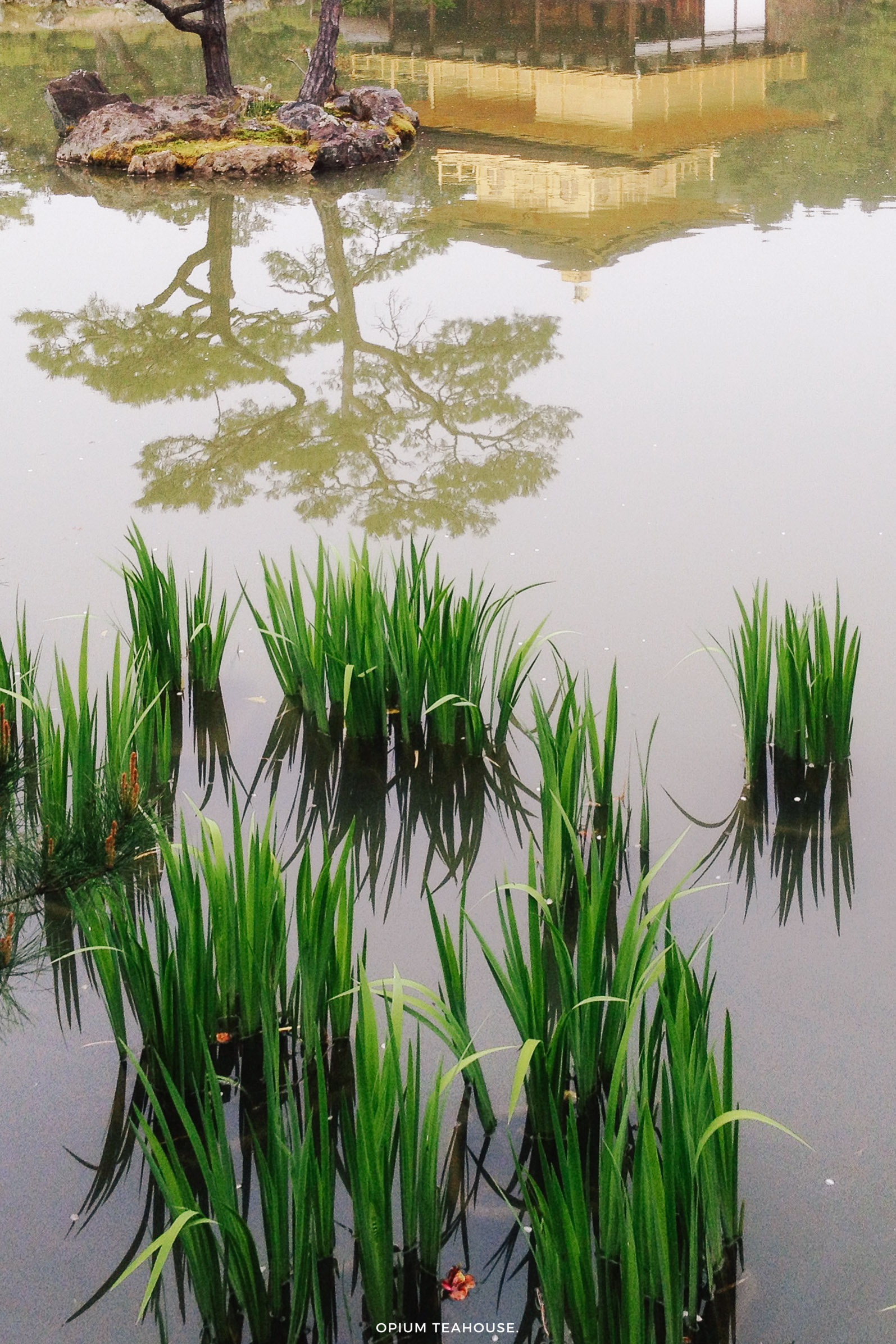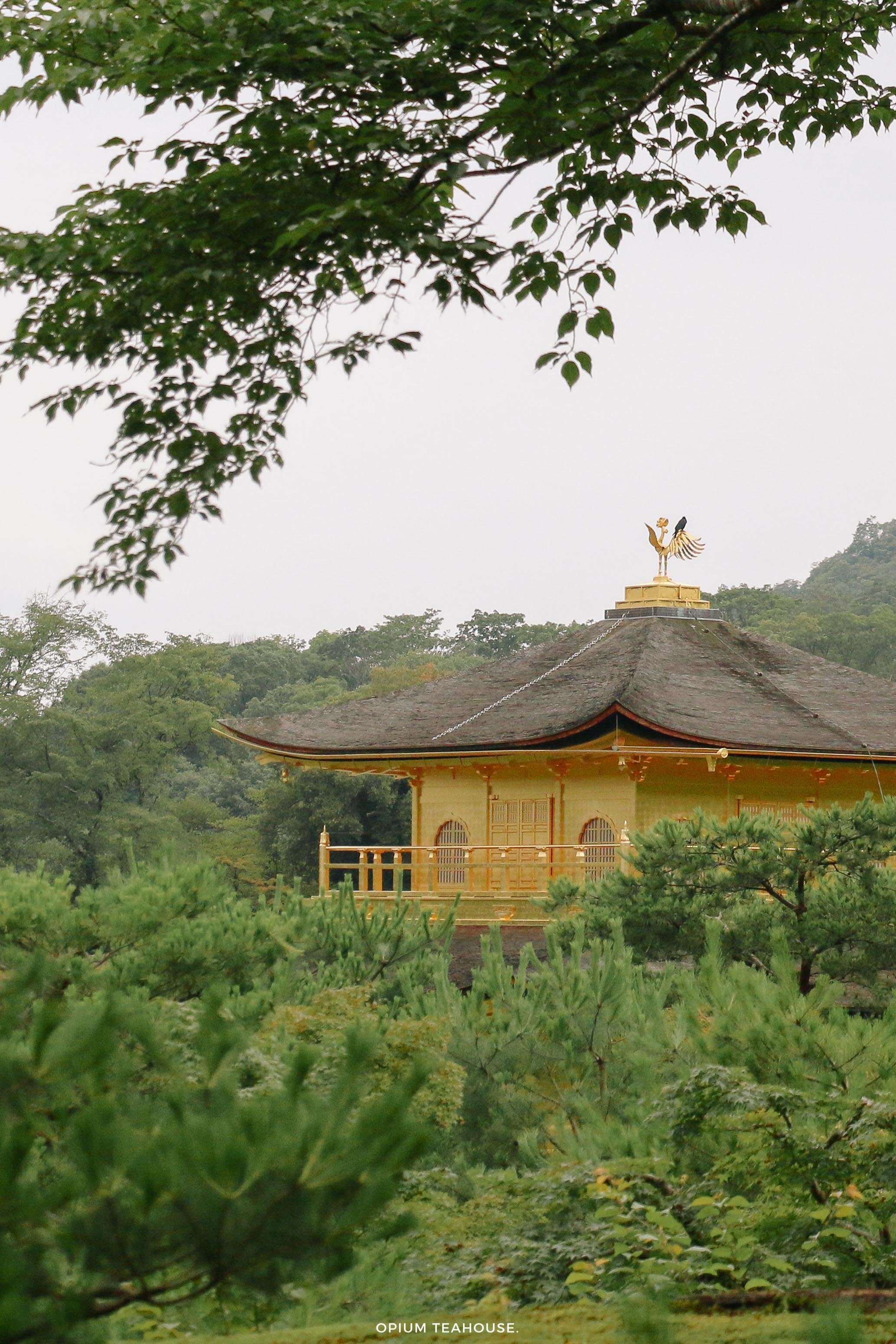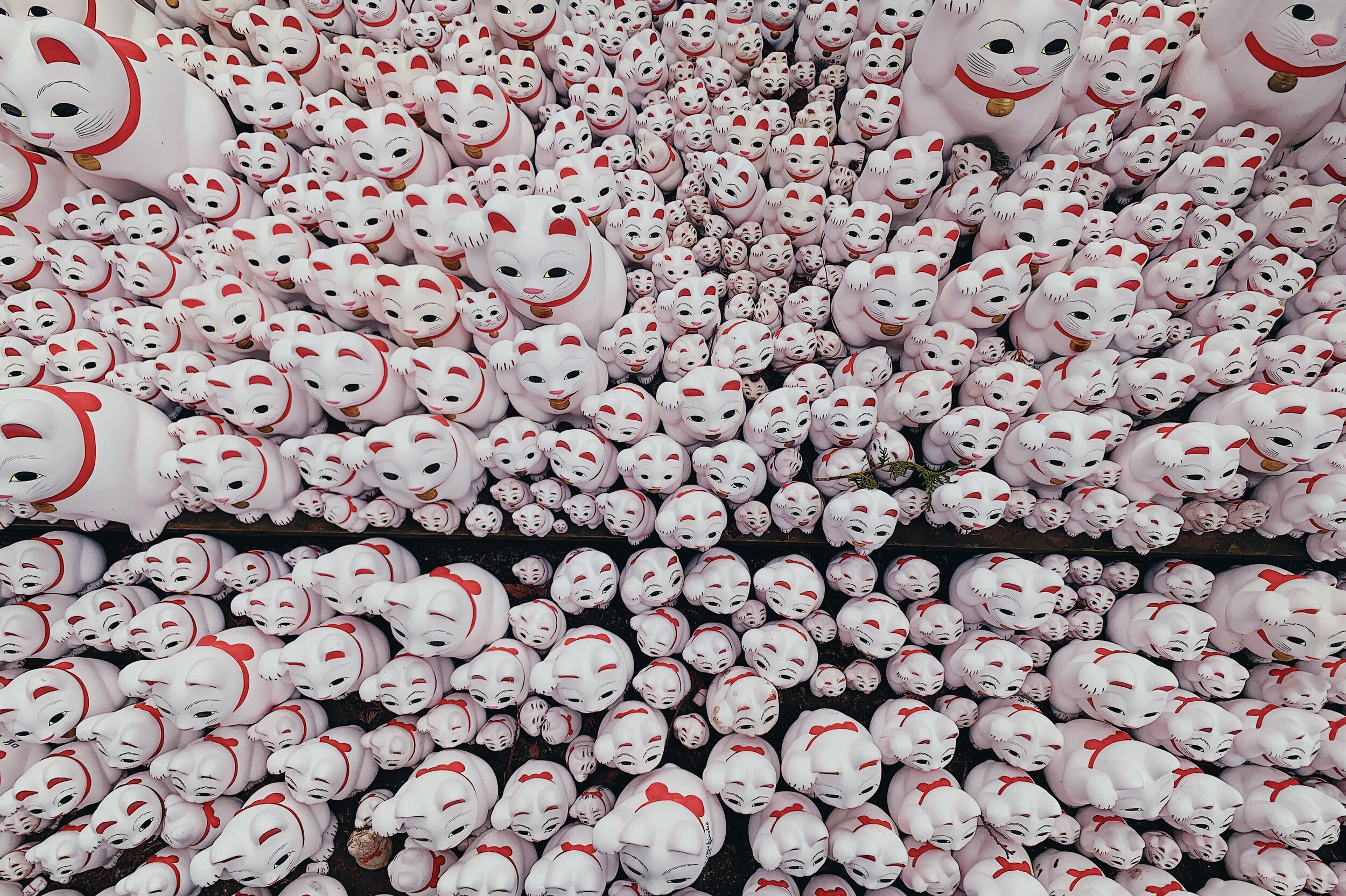Exploring Kinkaku-ji as locals — Kyoto, Japan
Two girls stood by the side of the path, observing the crowd, as we followed the tourist pilgrimage to Kikaku-ji. When we crossed eyes, the tallest whispered something to her friend and they disappear.
It is said that Kyoto has more temples and shrines than days in a year to see them. In fact, Japan’s imperial capital has such historical value it was spared from air raids and atomic bomb targeted cities in World War II. The northern part of the town, much greener than the rest, has a large concentration of temples. Amongst all them, Kinkaku-ji — the Golden Pavilion — is the leading destination.
A few seconds later, as we approach the entrance of the complex, the two girls materialise in front of us. With big smiles, they introduce themselves and ask if we’d like a guided tour of the temple — for free. Kyoto University student's Riku and Mirei volunteer, during the academic breaks, to guide tourists through the city's temples and practice their English.
They lead us to the entrance of the complex and give a small introduction about the place. Initially a retirement villa for shogun Ashikaga Yoshimitsu, it became a temple of Zen after his death. The building’s name comes from the gold leaf that covers its top two floors, employed to purify any negative feelings towards death. That morning, as the sun shines on its walls, the temple irradiates a golden aura contrasting with the surrounding deep green landscape.
The Kyōko-chi — or mirror pond — surrounding the temple follows the zen typology, depicting Japanese tales through rocks compositions and plants.
“Do all Portuguese people have hair black?” Mired asked me when they took us through a smaller path that led to another pond. Although the isolationist policy ended long ago, Westerners are still viewed with curiosity. The West is as appealing to the Japanese as the East is to us.
Their curiosity met with my own. Their daily lives were as exciting as the temple’s architecture design — which, by the way, uses three distinct styles on each floor: shinden, samurai and zen. Riku tells me that the school year begins in April during the cherry blossom season. During the academic breaks — spring, summer and winter — students are encouraged to be involved with school club activities and volunteering.
The differences between western education are striking, and despite wanting more free time, the girls look happy to tour foreigners around on their breaks. They do three different temple tours a day; their pride in their cultural heritage is palpable. So is their joy in conversing about their country with curious tourists.
As we bid farewell to our guides, I can’t help to feel that the beauty of the place is not only in their historical treasures but their people. A visit to Kinkaku-ji is enjoyable on any occasion — its grounds, buildings and idiosyncrasies make it unique — but it was the encounter with the girls that made it memorable.
Kyoto might have the reputation of a snooty enclave, but their residents are kind and helpful. From the old Japanese tourist that, through sign language, explained Chion-in temple was a location for the film The Last Samurai, to the shrine maiden that recommended us a centuries-old soba house for dinner. Their attention and curiosity towards tourists are endearing.
Stay gold, Kyoto.


















